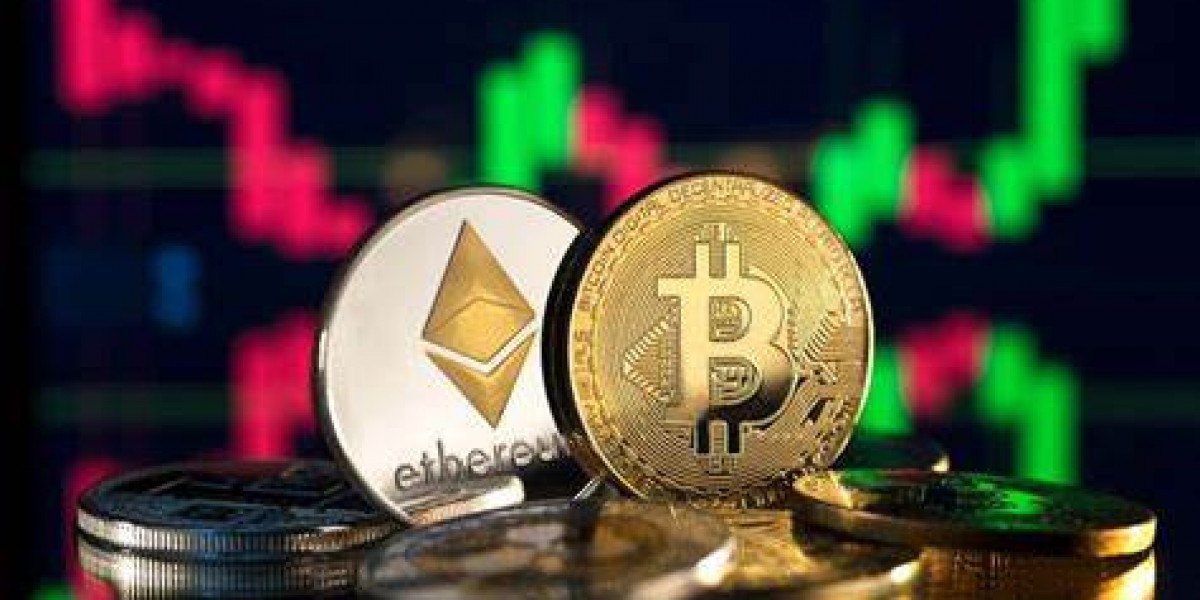As the cryptocurrency industry continues to evolve, staking has become a popular way for investors to earn passive income. By locking up tokens to help secure a blockchain network, users are rewarded with additional coins. However, the question many investors face is: should you stake through an exchange or opt for cold wallet staking?
Both methods offer unique advantages and risks. Understanding the differences between coldwallet staking and exchange staking is essential to making an informed decision that balances convenience, returns, and—most importantly—security.
What Is Exchange Staking?
Exchange staking allows users to stake their cryptocurrency directly on centralized platforms like Binance, Coinbase, or Kraken. These exchanges simplify the process by pooling funds, handling technical requirements, and distributing rewards to participants.
Advantages of Exchange Staking
Ease of Use: Beginner-friendly with simple interfaces.
No Technical Setup: Investors don’t need to run nodes or manage wallets.
Liquidity Options: Some exchanges offer flexible staking with quick withdrawals.
Risks of Exchange Staking
Custodial Risk: The exchange controls your private keys, meaning you don’t truly own your assets.
Hacking Threats: Centralized exchanges remain prime targets for cyberattacks.
Regulatory Issues: Governments can impose restrictions, potentially freezing or seizing assets.
While exchange staking is convenient, it compromises the principle of “not your keys, not your coins.”
What Is Cold Wallet Staking?
Cold wallet staking combines the security of offline storage with the ability to earn rewards. By staking from a hardware wallet or offline setup, users retain full control over their private keys while still participating in a network’s consensus process.
Projects such as Ethereum (with staking-enabled hardware wallets) and platforms like Cardano support staking directly from a coldwallet, ensuring tokens never leave the investor’s possession.
Advantages of Cold Wallet Staking
Enhanced Security: Assets remain offline, safe from exchange hacks and phishing attacks.
Full Ownership: You control your private keys at all times.
Long-Term Safety: Perfect for investors holding large amounts of crypto for extended periods.
Challenges of Cold Wallet Staking
Initial Setup: Requires more technical knowledge to configure.
Limited Flexibility: Rewards may take longer to access, and unstaking periods can vary.
Upfront Cost: Hardware wallets involve an initial purchase cost.
Despite these challenges, cold wallet staking is widely considered the safest method for securing assets while earning staking rewards.
Cold Wallet Staking vs Exchange Staking: Key Differences
| Feature | Exchange Staking | Cold Wallet Staking |
|---|---|---|
| Control of Keys | Exchange controls keys (custodial) | User controls keys (non-custodial) |
| Security Level | High risk due to hacks/regulations | Very high as funds stay offline |
| Convenience | Easy setup, beginner-friendly | Requires setup, slightly complex |
| Flexibility | Flexible withdrawal options available | Unstaking periods depend on network |
| Best For | Beginners, short-term investors | Long-term, security-focused holders |
Why Security Should Be the Top Priority
The crypto industry has witnessed multiple exchange hacks, with billions of dollars lost over the years. Even well-known exchanges are not immune, and investors relying solely on centralized platforms risk losing their funds.
In contrast, coldwallet staking keeps your assets offline, eliminating the single point of failure that exchanges represent. While slightly less convenient, the extra effort provides peace of mind, especially for long-term investors.
How to Maximize Safety in Staking
Whether you choose exchange staking or cold wallet staking, following best practices is crucial:
For Exchange Staking:
Use trusted, regulated platforms.
Enable two-factor authentication (2FA).
Don’t stake more than you can afford to risk.
For Cold Wallet Staking:
Buy hardware wallets only from official sources.
Secure your recovery phrase in multiple offline locations.
Keep firmware updated to avoid vulnerabilities.
Double-check validator pools before delegating your tokens.
By combining security measures with informed decision-making, investors can stake confidently while minimizing risks.
Final Thoughts
Staking is an excellent way to grow your crypto holdings, but not all staking methods are equal. Exchange staking offers convenience, but it comes with serious security and custodial risks. On the other hand, cold wallet staking requires more effort but gives investors complete control and protection over their assets.
For those serious about safeguarding their digital wealth, coldwallet staking emerges as the safer and smarter choice. It preserves the fundamental principle of crypto ownership—control of your private keys—while still allowing you to earn passive rewards.
In the ever-changing crypto landscape, security should always come before convenience. By choosing cold wallet staking, you’re not just earning yield—you’re ensuring your investments remain safe for the long term.








